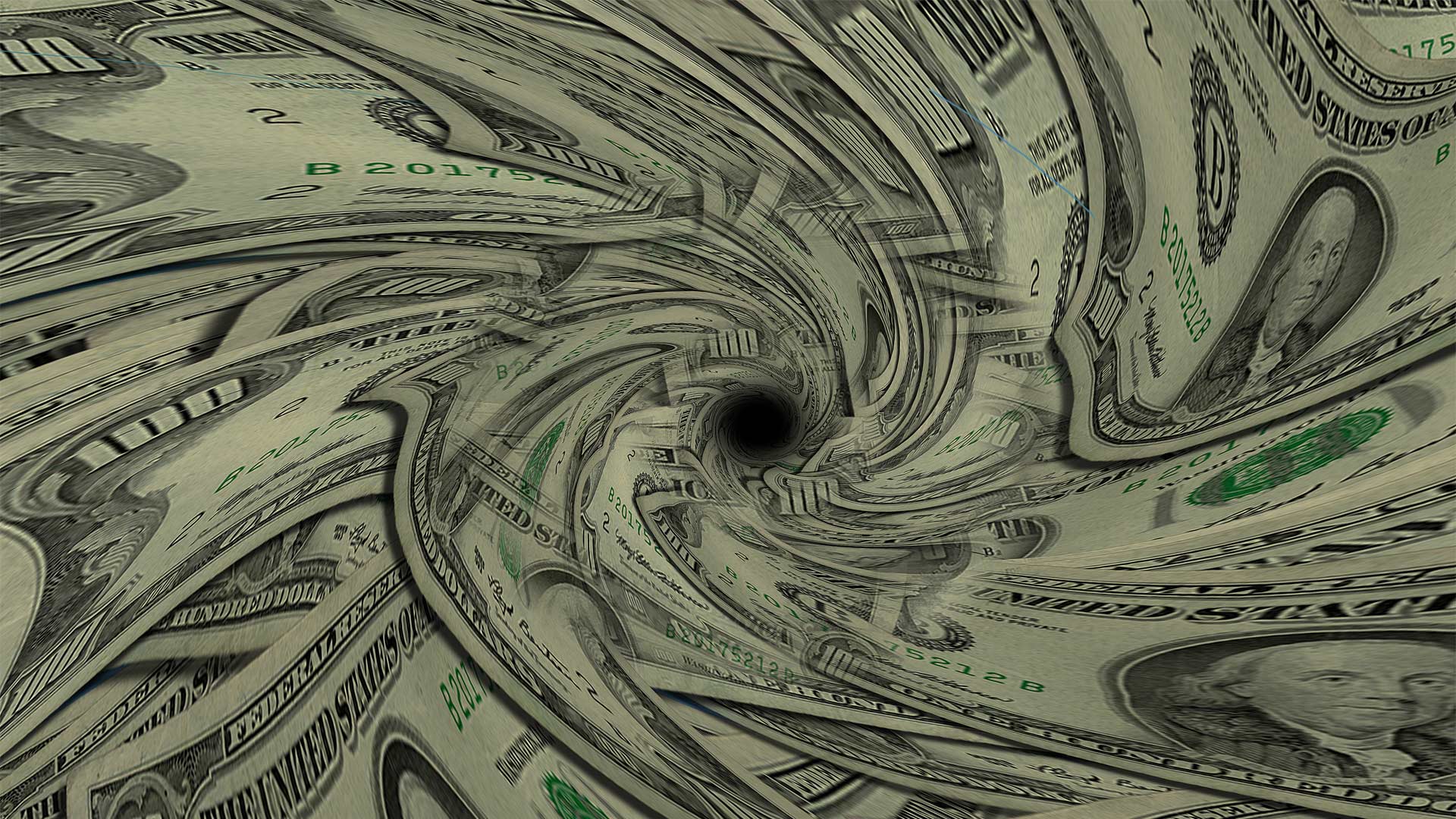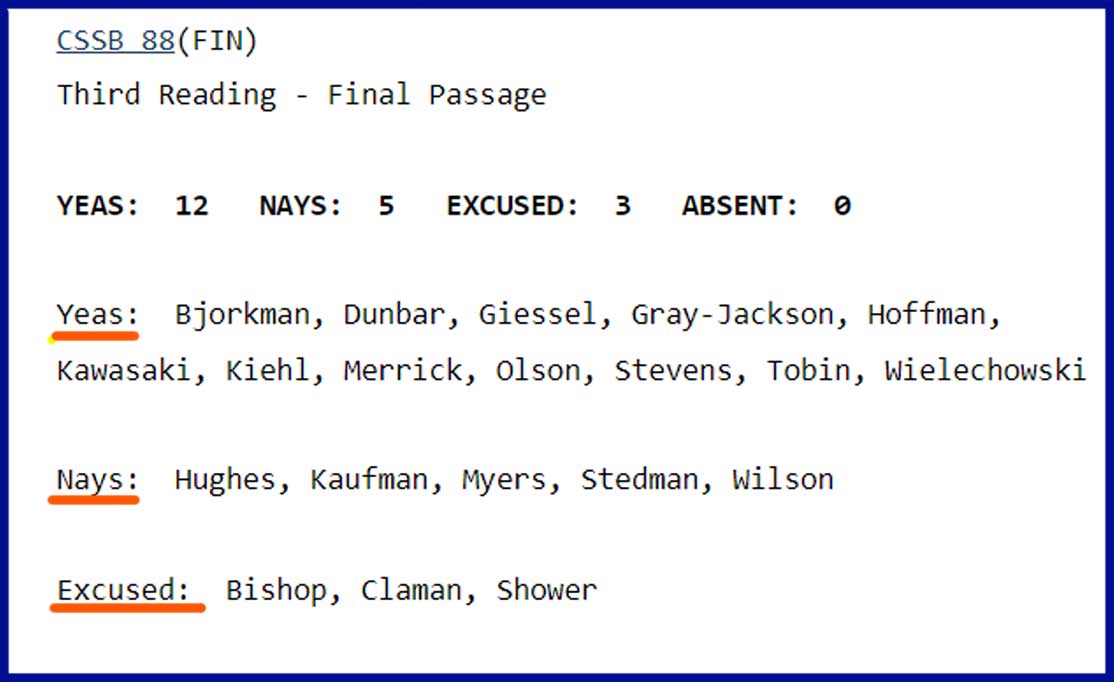
One of the leading conservative advocacy groups in Alaska is urging the State House to reject the Senate’s approval of legislation that would restore a state employee pension plan that it says would cost Alaska upwards of $9 billion dollars.
On Jan. 31, the Senate passed SB88, which reinstates a costly pension plan that was dissolved back in 2006 due to its unsustainable financial burden on the state.
The Alaska chapter of Americans for Prosperity, a grassroots group that fights for limited government, free markets and fiscal constraint, issued a statement after the Senate vote in which it urged the House to kill the bill.
“Legislators already say that we cannot afford a full pfd. How will they pay for a return to defined benefit?” AFP cautions.
“Returning to a defined benefit pension plan would be disastrous to the state’s budget and would cost Alaska upwards of $9 billion in avoidable expenses,” said AFP’s Alaska State Director Bethany Marcum. “Simply put – Alaskans can’t afford this misguided legislation.”
Marcum noted that the bill is a classic example of politicians voting to “spend with no accountability.”
“Alaskans deserve a fiscally responsible government that doesn’t dive deeper into debt due to an insolvent program,” she added. “AFP-Alaska urges the State House to swiftly reject this legislation and get back to policies that will help Alaskans prosper.”

The 20-member Senate passed the legislation on a 12-5 vote with supporters, such as sponsor Senate Majority Leader Cathy Giessel, claiming the bill would help reduce state employee turnover by significantly expanding their retirement income.
The Senate vote included five “no” votes, which came from Senators James Kaufman (R-Anchorage), Shelley Hughes (R-Palmer), Robert Myers (R-North Pole), Bert Stedman (R-Sitka) and David Wilson (R-Wasilla). Senators who were excused absent from the vote tally were Click Bishop (R-Fairbanks), Mike Shower (R-Wasilla) and Matt Claman (D-Anchorage).
An AFP analysis of the legislation notes that Alaska transitioned to a defined contribution (dc) retirement plan from a defined benefits (db) plan nearly 20 years ago, after the state accrued a sizable amount of debt and could no longer afford the earlier pension system. “The basic difference between these plans is what they promise to participants,” AFP explains. “A defined benefit plan specifies exactly how much retirement income employees will get once they retire. A defined contribution plan only specifies what each party – the employer and employee – contributes to an employee’s retirement account, similar to a 401(k)-style retirement system. For several years, there has been a push to return to the unaffordable dc plan for state employees.”
That would mean Alaska could be on the hook for upwards of $9 billion in unexpected expenses, AFP warns.
“These pension proposals could mean that Alaska would, for the first time, have either a sales tax or an income tax,” the analysis notes. “Alaska still owes more than $6.1 billion in unfunded liabilities from a previous defined benefit plan. Simply put, we cannot afford a return to a defined benefit pension plan.”
In addition to the possibility of new taxes, AFP warns that a defined benefit plan would likely be a death blow to the annual Permanent Fund Dividend payments to Alaska residents.
ALASKA WATCHMAN DIRECT TO YOUR INBOX
“Legislators already say that we cannot afford a full pfd. How will they pay for a return to defined benefit?” AFP cautions. “There is little, if any, evidence that a defined benefit pension is a relevant factor that helps drive employee recruitment and retention. A reason foundation working paper examined teacher retention in Alaska finds that retention rates did not change when the state swapped from a defined benefit to defined contribution in 2005.”
According to AFP, polling of young public sector employees shows that these workers value compensation and quality of life offerings more than retirement benefits.
Ultimately, though, the state simply can’t afford the pension proposal, AFP maintains.
“Overly optimistic investment return assumptions were a major contributor to Alaska’s $6.1 billion debt still owed on the legacy pension plan,” the group notes. “Public pension systems operate over generations, but state legislators have only been presented with minimal five-year cost projections based on an assumption that the proposed pension tier would do the impossible: hit all its actuarial assumptions.”
TAKING ACTION
— Click here to read Senate Bill 88.
— Click here to contact members of the Alaska House of Representatives.








4 Comments
soooo- they have t given up on continuing to steal the dividends from my stock market investment.?
Thank you Mike dungleavenow! Empty promises legacy! Get lost Mikey!
Perhaps the state should lift the ban on paying into social security . Which is the better plan cost wise..bringing back the DB or paying the SSA?
That’s easy. Buying into SSA or even better, SBS would be much better than bringing back DB.